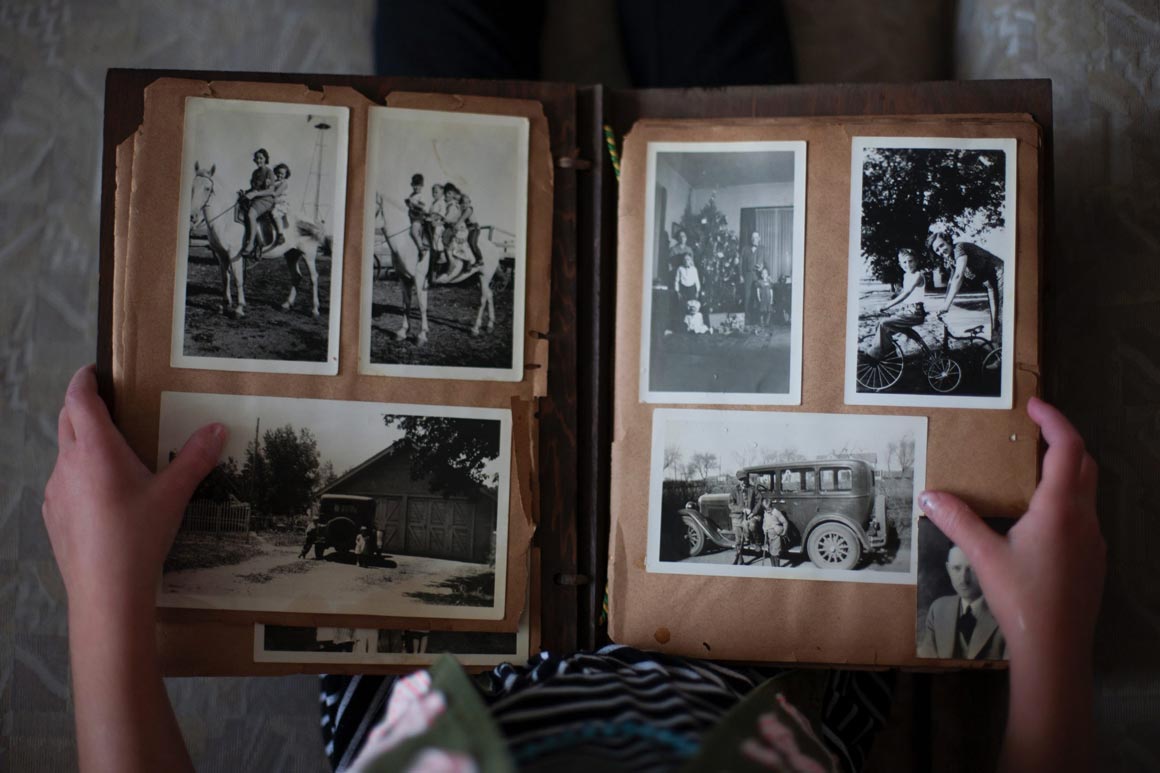With the holidays approaching, many families are preparing to gather together. These are precious opportunities for family members to connect, especially for those who are geographically scattered. They are an especially important time for different generations of the family to listen to and learn from each other.
While we have all experienced the telling and retelling of certain classic family tales (occasionally accompanied by much eye rolling), establishing a tradition of storytelling is actually an extremely powerful tool for families to build trust and communication, and to pass wisdom from one generation to the next.
There are many ways for family members to share their stories, from informal banter at get-togethers to the production of a documentary-like family history film. We like these activities from the Family Firm Institute as a good starting point. These are great ways to get started (or add to the traditions you already have) not only because they promote the sharing of family legacy, but also because they give the younger generations an active role in eliciting storytelling and they open up conversation between generations. We especially like the list of questions as a simple, high quality way to begin a connection between generations and family members.
Why is it important to share stories?
One of the core practices of thriving, multigenerational families is coming together as a family, both in fun and in formal activities. While storytelling at the holidays can feel lighthearted, it’s an extremely powerful tool for strengthening family culture. The connections family members are building through learning a shared history provide a foundation for successful navigation of more difficult conversations and decisions that may come up in the future.
Family members have a special connection simply because they’re family, however, it is also important for families to actively commit to strengthening those ties. Listening to each other and having fun together are two important parts of this, and telling stories can be a great way to do both. When family members enjoy each other, it is easier to have the hard conversations about anything from financial details to family vacations.
In addition, the value of sharing stories is as much about the activity of listening and being together as it is the outcome. While younger generations have a lot to learn from the history of the older generations, it is also important to allow the voice of the kids and grandkids to be heard. What starts as a younger person interviewing an older person can easily turn into a rich conversation that lasts beyond the holidays. This is where connection happens – in the back and forth.
Another strategy that successful families use is defining and sharing family values and purpose of the wealth. Often, stories about older generations’ experiences are an important part of bringing these values to life for younger generations. Some families create rituals or traditions together that are based in their family history – an effective way to allow family members to understand and participate in the family’s foundational legacy.
Every family is different, and the ways they choose to establish traditions, rituals, or activities to promote connection among family members must be tailored to the family culture. We encourage families to explore different methods to learn what makes sense for them. We have enjoyed seeing family culture strengthened through storytelling, listening, and having fun together in many different ways in our decades of work with thriving multigenerational families and we never cease to be amazed by the creative power of a collaborative family.
